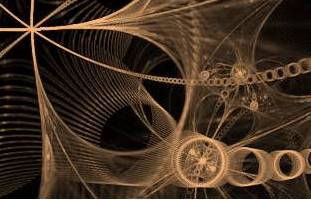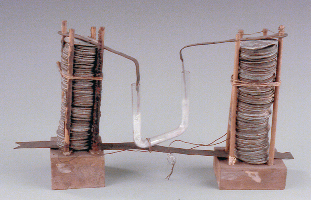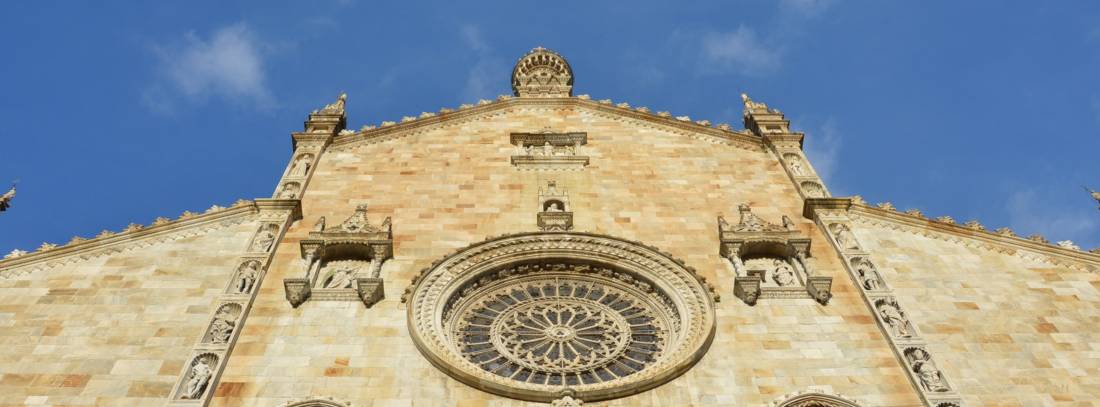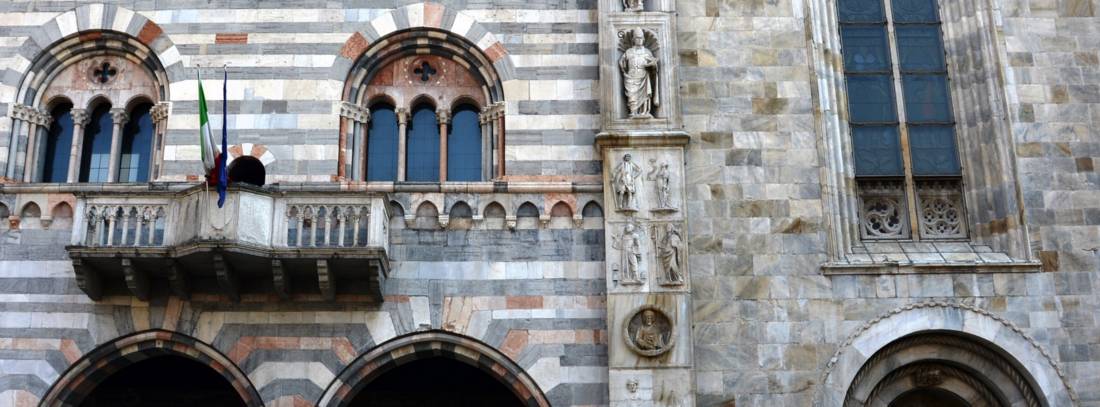Volta's City
In 1800 Alessandro Volta announced his extraordinary discovery of the voltaic pile (electrical battery) to the Royal Society. The following year, he went to Paris to present his invention to Napoleon Bonaparte in person. This has turned him into the most illustrious citizen of Como in modern times.
At that time, he was 55 years old and a man who grew up in the era of Enlightenment, a watershed between dark ages and modern history. He was a professor at the University of Pavia, interested in physical properties of gasses and meteorology and he built by himself the tools of his physics laboratory. Surprisingly, when he was 18, he also wrote a small poem in hexameters, and while the French Revolution broke out, he fell in love with the opera singer, Marianna Paris, event that caused a scandal, which was only forgotten thanks to his late marriage with the noblewoman of Como, Maria Teresa Peregrini.
Already at the age of 18, he had epistolary contacts with the most renowned physicists and electricity experts of the time, such as Abbot Nollet and Father Beccaria. Over the years, he built a large network of contemporary European scientists, not only by letter but also through frequent travels through Switzerland, Germany, Belgium, the Netherlands, France, England and Austria.
Not only does Volta represent his own time, but he also is a forerunner of ours: a symbol of the revolutionary transition from the figure of the eighteenth-century natural philosopher to the modern scientist; he had the ability to grasp the essential link between the development of scientific activity and the exchange of knowledge among scientists, as well as cultivating relationships with institutions.
In addition, Volta’s intuitions allowed “to grasp” the concept of “electric current”, which was by no means obvious at the time. The “volt”, unit of measurement of the potential difference that Volta defined as “tension”, was named after him. The pile made the production and control of a continuous flow of electricity possible and, as Albert Einstein said, this is the fundamental basis of all subsequent inventions.

(Capture: Volta in his study, by Nicolò Barabino, Genoa, Palazzo Orsini Spalletti-D’Albertis)
If we think about it, Volta’s figure peeps out in the contemporary world in many ways. For example, at the beginning of the twentieth-century, his name was given to many of the new cinemas that were opened throughout Europe, pointing out a link between the seventh art and the inventor. What Volta discovered in 1776 - and what he called “flammable air in the marshes” - was methane, today one of the most popular sources of energy. In recent years, the development of mobile communications has made batteries more and more sophisticated and fundamental to everyone's life.
In this regard, the image above is a sample of a nineteenth-century pile with travel case shown at the Volta Temple in Como.

In this regard, the image above is a sample of a nineteenth-century voltaic pile with travel case shown at the Tempio Voltiano in Como.
In evidenza
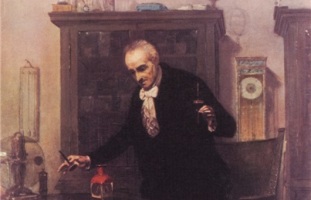
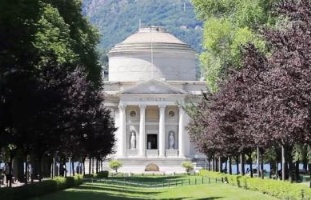
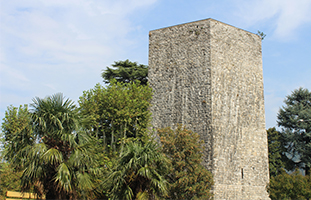
Volta's Places
Places where Volta lived and he is remembered among the cities of Como, Milan and Pavia.
Vai all'articolo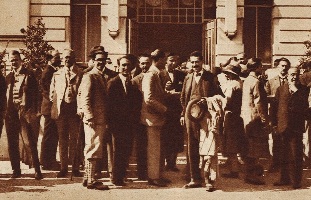
Volta's Celebrations
Commemorations of Volta and of the Voltaic pile’s invention in Como
Vai all'articolo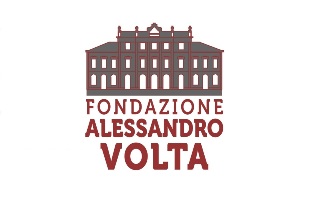
Volta's Foundation
Convention Centre, high education, international scientific cooperation
Vai all'articolo
